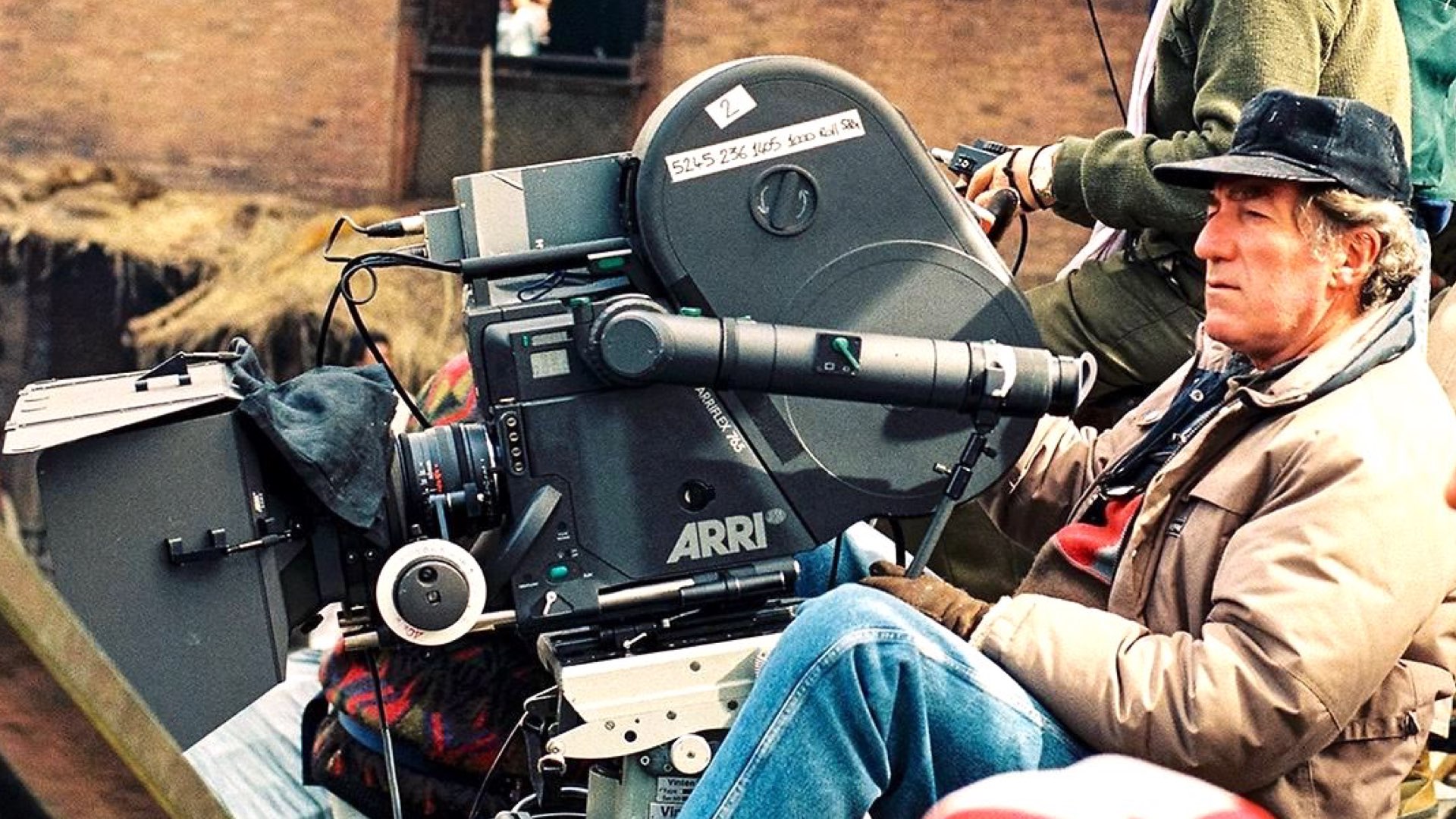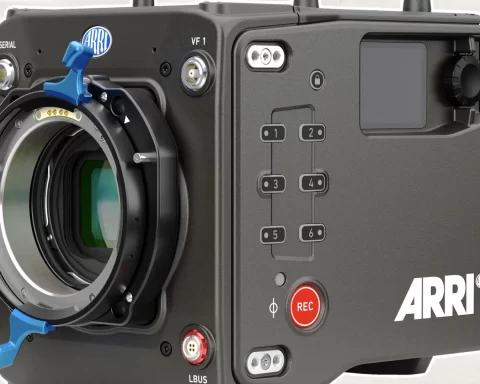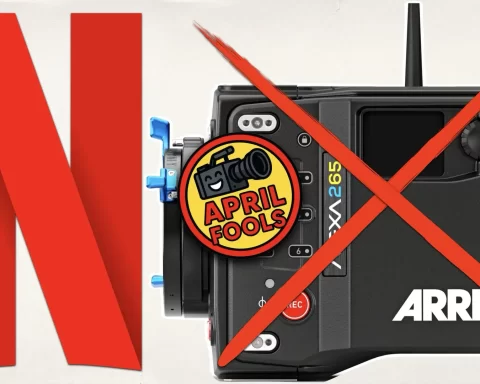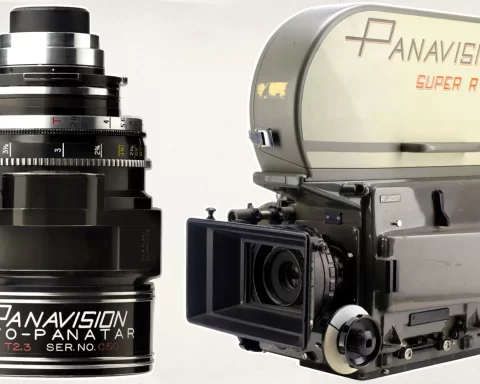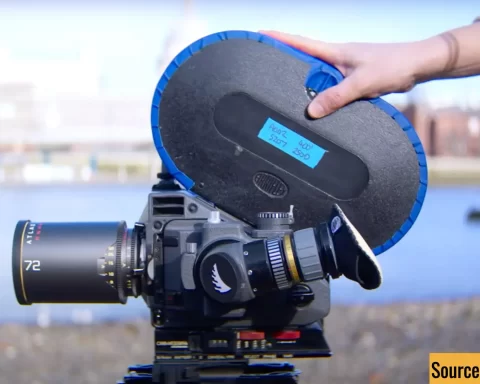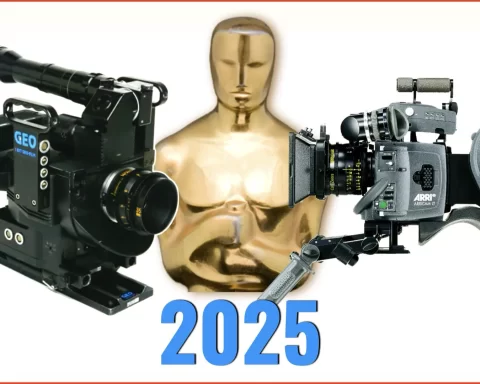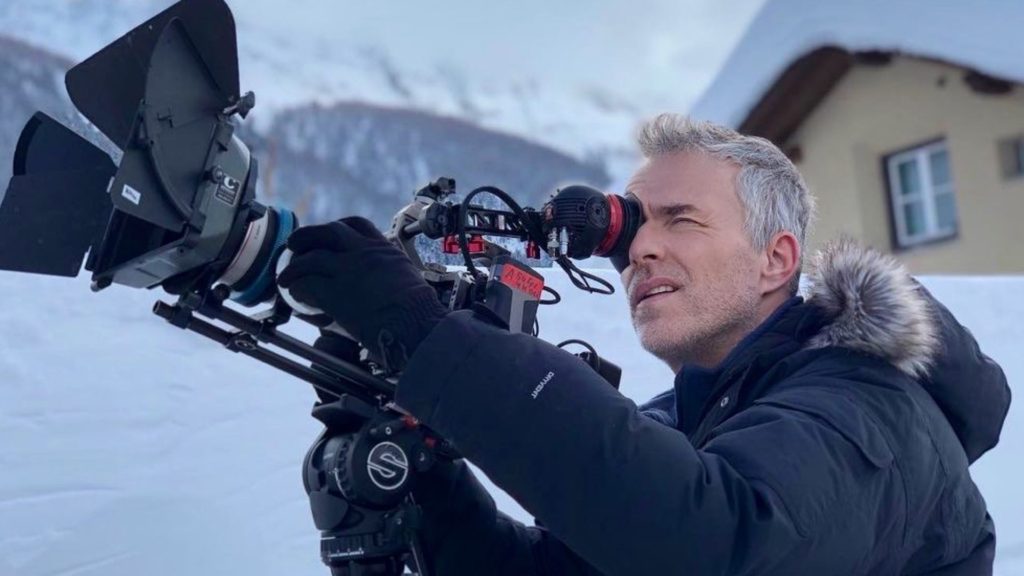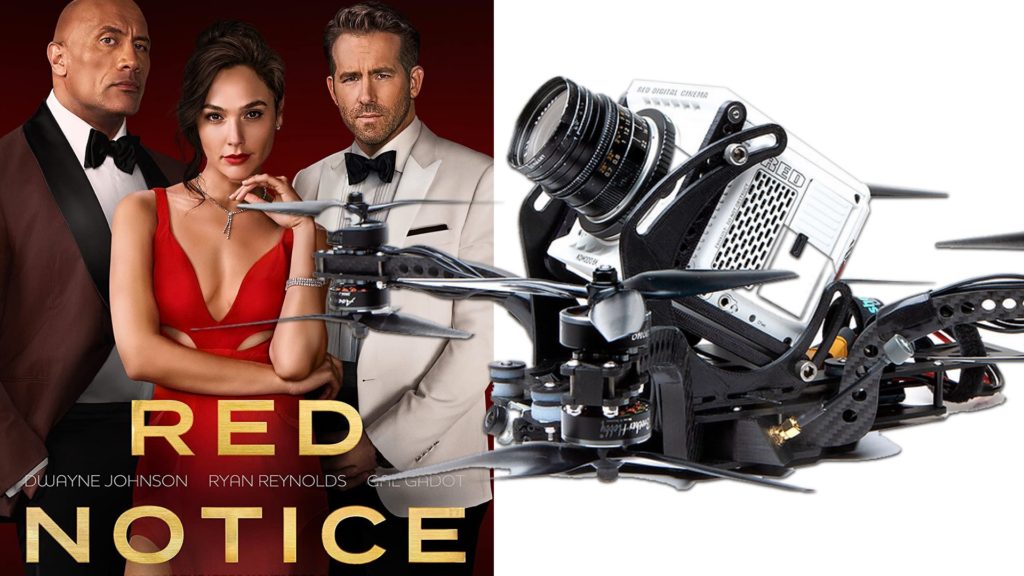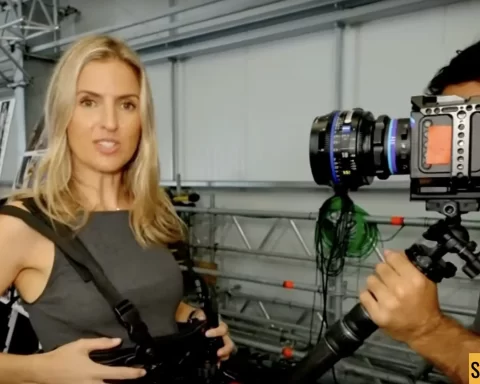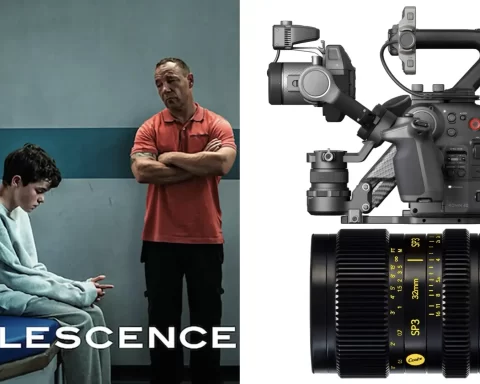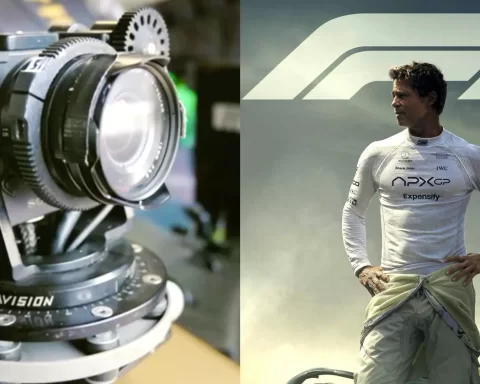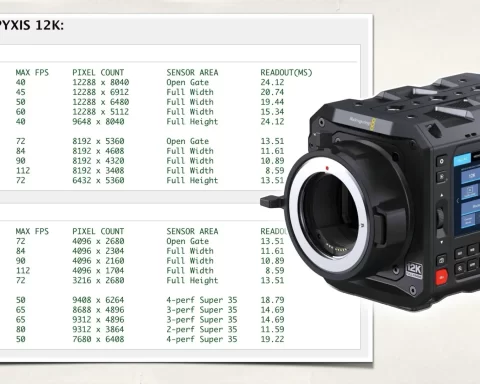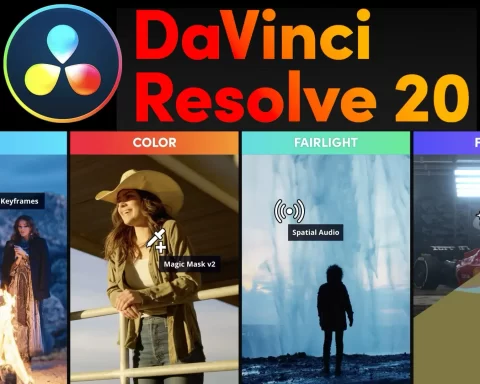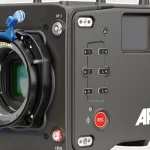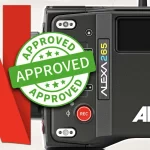ARRI Rental has launched a mini-site dedicated to one of the most intriguing and magical cameras on the planet – The ARRIFLEX 765. What do we know about this big piece of magic? Explore below.
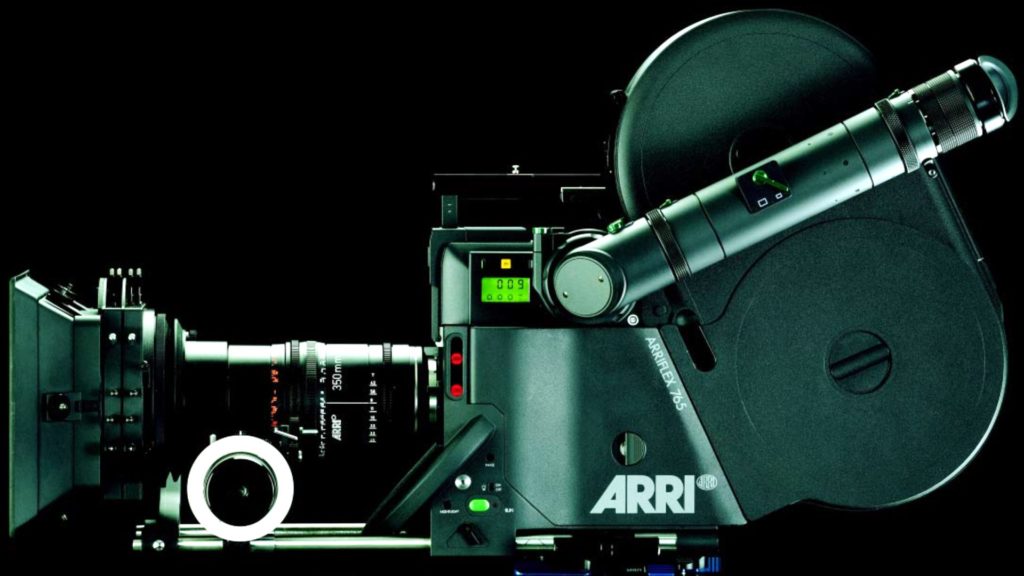
ARRIFLEX 765: A pure 65mm magic
Here in Y.M.Cinema Magazine, we LOVE 65mm cameras. Those machines aim for the big screen and amplify the whole experience for filmmakers and moviegoers alike. Luckily, we have now an excuse to talk a bit about the ARRIFLEX 765 as ARRI Rental has just launched a dedicated mini-site honoring this camera.
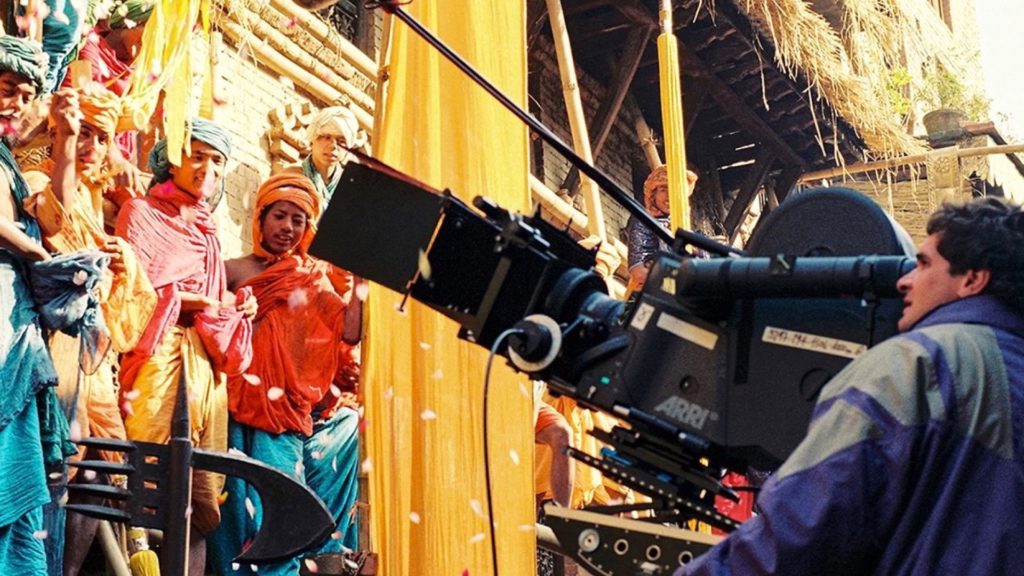
When the development of the ARRIFLEX 765 began in 1983, the brief was to create a 65 mm film camera that was as easy to use as ARRI’s 35 mm models.
ARRI
765 was introduced in 1989 after 6 years of development
The ARRIFLEX 765 was conceptualized by Otto Blaschek, who had already engineered the ARRIFLEX 35BL and the 35 III, for which he won the “Scientific and Engineering Award” of the Academy of Motion Pictures. The development of the 765 started in 1983. The goal was to design a 65mm movie camera, which was quite enough to fit sync-sound productions and had a similar ergonomy to 35mm cameras, to answer the growing demand for 65mm cameras. The final ARRIFLEX 765 uses four crystal sync motors, two in the body and two in the magazine, due to the wider and thus heavier film stock. The ARRIFLEX 765 achieves less than 25 dBA at 24fps (as opposed to 50dBA in other 65mm cameras, which made sound recording impossible). In 1993, Blaschek and the Engineering Department of ARRI received another Scientific and Engineering Award from the Academy of Motion Picture Arts and Sciences, this time for the ARRIFLEX 765.
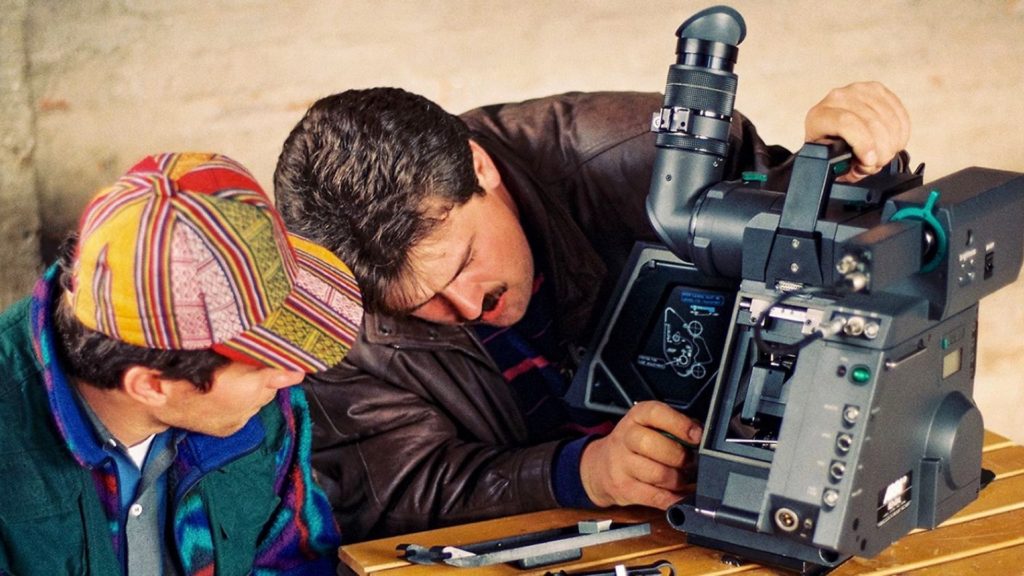
With these technologies, the ARRIFLEX 765 will introduce a new era in cinematography for the big screen, with both shooting efficiency and superb photographs quality. This combination will be equally attractive to producers and cinematographers of theatrical feature films and special venue attractions.
ARRI
As stated by ARRI back then: “When the development of the ARRIFLEX 765 began in 1983, the brief was to create a 65 mm film camera that was as easy to use as ARRI’s 35 mm models. Making the 765 quiet enough to be a true studio camera necessitated a completely new drive system. A new pull-down claw also had to be designed, to accommodate the bulky 65 mm film stock and to ensure reliable, maintenance-free operation”.
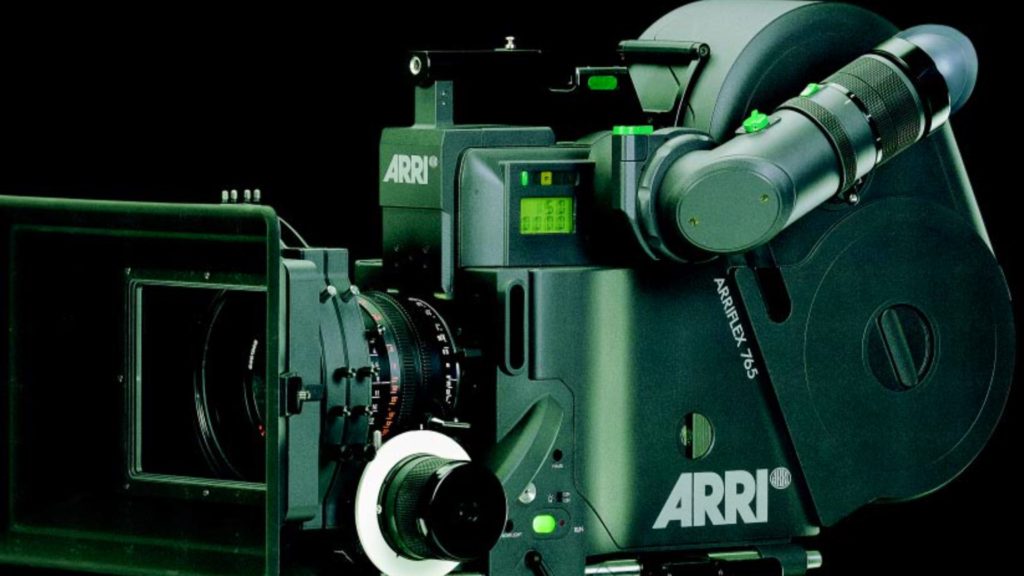
Take a look at this ARRIFLEX 765 brochure from 1989.
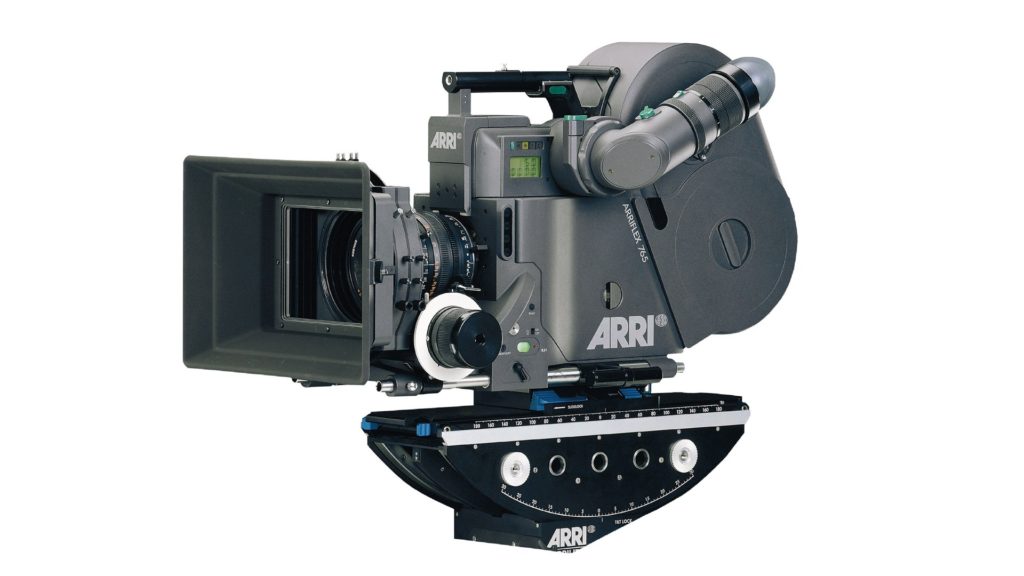
Big camera but with smart 35mm ergonomics
In service for the last 30 years, the ARRIFLEX 765 combines the ergonomics of a 35 mm camera with the ultimate image quality of 65 mm film. As explained, sync-sound is suitable for dialogue scenes. Furthermore, the 765 offers a speed range of 2-100fps, a bright optical viewfinder, iris-compensated speed ramps, and a mechanically adjustable 180-degree mirror shutter. The ARRIFLEX 765 is a 65 mm camera with a 5-perforation pull-down mechanism. The mirror reflex shutter is manually adjustable between 180° and 15° and has a diameter of 200 mm. Its power is 24V, and multiple accessories can be powered through the camera, like ARRI-Glow and Video Assist. The camera takes both 500 ft and 1000 ft magazines. Due to its compact build, it is adaptable to most 35 mm filmmaking workflows. “With these technologies, the ARRIFLEX 765 will introduce a new era in cinematography for the big screen, with both shooting efficiency and superb photographs quality. This combination will be equally attractive to producers and cinematographers of theatrical feature films and special venue attractions.” ARRI said on the introduction of the 765.
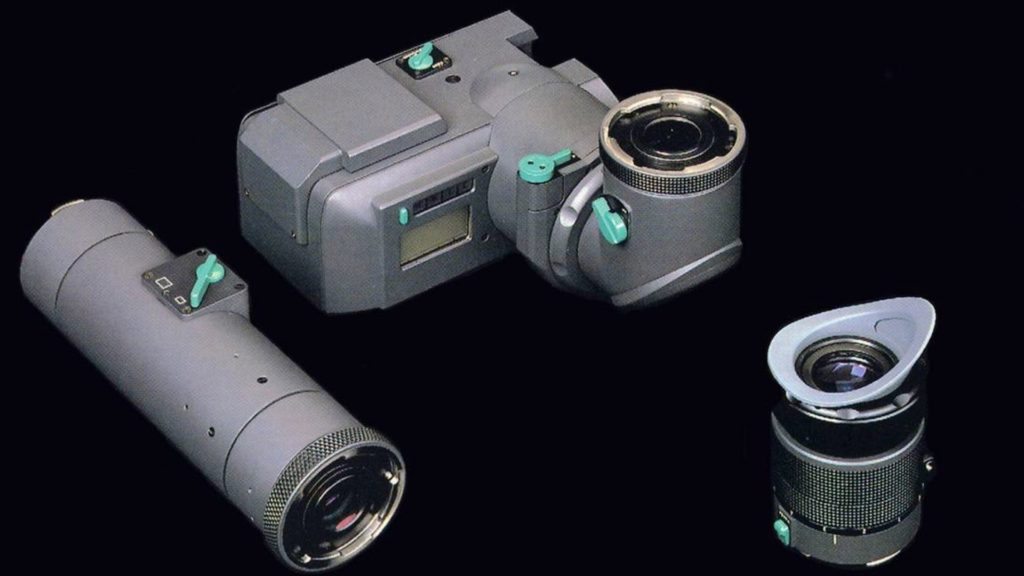
The ARRIFLEX 765 in modern filmmaking
More than three decades after its release, the 765 remains a practical option that can be integrated into modern sets. Most feature films that use the 765 do so not for the entire production, but for specific scenes that need to stand out for their exceptional image quality. These are the films that were partially shot with the ARRIFLEX 765:
- No Time to Die (2021)
- Tenet (2020)
- Matthias & Maxime (2019)
- The Death & Life of John F. Donovan (2018)
- The Hateful Eight (2015)
- Sunset Song (2015)
- Gravity (2013)
- The International (2009)
Sunshine (2007) - The Witness (1998)
- Hamlet (1996)
- Little Buddha (1993)
- Far and Away (1992)
- Alien 3 (1992)
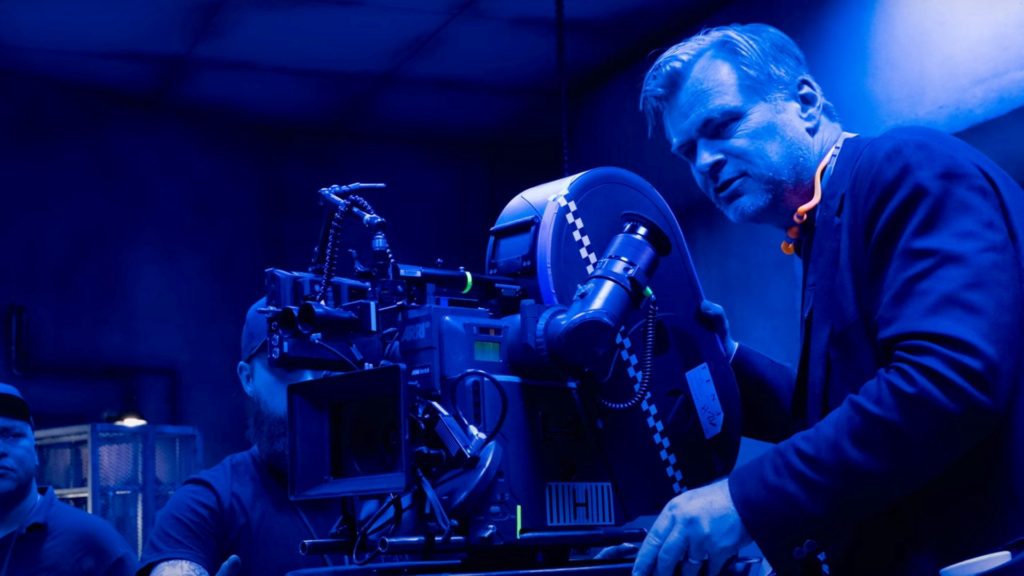
Closing thoughts
There’re not many feature films shot on the ARRIFLEX 765. The most recent use of the ARRIFLEX 765 was in No Time to Die, especially in the dialog scenes when IMAX cameras were not so practical. It seems that DPs prefer to use the Panavision and IMAX cameras when 65mm film is desired. However, the ARRIFLEX is an example of 30 years old camera that is super relevant for today’s screening technologies. 65mm film stays superior regarding image quality, and there’s no doubt about it. All the resolutions in the world can’t beat 65mm film. Personally, I wish that every feature will be made on 65mm celluloid, and luckily, there’re few directors that think the same.

